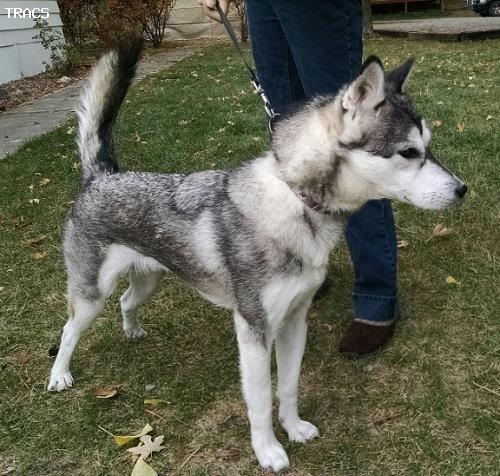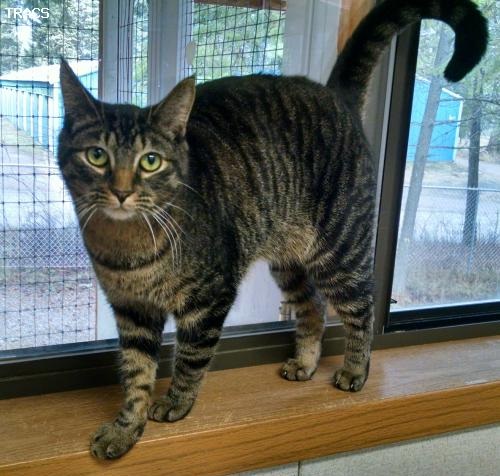7 Tips for Downsizing with a Pet
Downsizing can be tricky under the best of circumstances. If you add a pet into the mix, it’s even more complex. Fortunately, following certain best practices can help. Today, Thompson River Animal Care Shelter outlines seven tips for downsizing with a pet.
Identify Must-Haves That Help Your Pet
Before looking for homes, consider what your pet might need to feel comfortable. For example, you might need a yard if you have a dog. Avoiding stairs could be essential if your pet has arthritis, or you may want a great spot next to a window for a cat tree, birdcage, or aquarium tank, ensuring your pet can see the outside.
Prep the Home You’re Selling
While it’s tempting to list right away, it’s better to handle a few key steps before putting your home on the market. Clever notes that a big one is making any necessary updates and repairs. For example, leaky pipes and cracked windows will turn off buyers, so you’ll want to get them fixed before listing the home.
It’s also important to handle any pet-related damage and odors. Some buyers don’t want to purchase homes where pets were present, often due to concerns about unseen damage or lasting smells. Ensure any scratched or chewed surfaces are addressed, and have a cleaning crew specializing in pet odors go over your home.
Arrange for Pet Care During Showings and Open Houses
Showings and open houses are stressful for pets left in the home. Strangers are moving through their space, and that can make them uncomfortable. Plus, if you have a dog or cat, you could risk an injury if there is a conflict between them and a buyer, or they may end up distressed if you stick them in a kennel.
Instead of leaving your pet there, arrange for other care. If you can’t take them with you, speak with a family member, friend, or neighbor to find a caregiver or arrange for boarding or a stay at a doggie daycare.
Check for Local Amenities for Your Pet
When you start searching for a new home, it’s normal to focus on your needs. However, you should also factor in what’s best for your pet. Being close to one a capable veterinarian could work in your favor, making it easy to ensure your pet gets the right care.
Similarly, if you own a dog, being close to a dog park might be a smart move, especially if you’re downsizing into an apartment or condo. That way, you can take your pet there whenever they need a good run.
Think about your pet's needs to determine what amenities should be close to your new home. That way, you can select a location that makes tending to your pet as easy as possible.
Review Local Laws (and HOA Rules)
Every city and municipality can have unique regulations regarding animals within the city limits, including pets like dogs, cats, rabbits, and more. If you’re new to the city, check out the animal city codes and state laws regarding pets before downsizing. That way, you’re well-informed about the rules and regulations.
If you’re considering a home in an area that an HOA oversees, check its rules, as well. HOA Management explains that HOAs can prohibit pets or outline requirements regarding pet ownership, so it’s crucial to know what’s allowed and what isn’t before moving into the covered neighborhood.
Be Compassionate When Paring Down Stuff
When you downsize, getting rid of excess stuff is essential. The thing is, you want to approach this process with compassion, ensuring you aren’t overlooking what’s best for your pet.
For example, if you’re using the KonMari Method, there’s a good chance a ratty dog bed doesn’t “spark joy” in your eyes. However, it might be one of your pet’s favorite things.
Having familiar items can make your new house feel more like home to your pet. As a result, it may be better to keep that bed (or other well-loved items) until after you move and they settle.
Pet-Proof Your New Home
Ensure your pet’s safety in your new home by hiding toxic chemicals and cleaners, securing heavy furniture and objects, and checking your yard for any potentially poisonous plants. If you have a home office, it’s best to keep your pet out of this space. However, if your office doesn’t have a door, you can ensure the safety in this space by removing small choking hazards and keeping electrical wires out of reach.
Downsizing can be a time-intensive and stressful process for both you and your pet. Keep the above tips in mind as you begin this new chapter.
Thompson River Animal Care Shelter is dedicated to the welfare of animals in Northwestern Montana. Our goal is to provide shelter for the lost, homeless, neglected, and abused animals until a suitable loving home can be found. Call (406) 827-TRACS.




